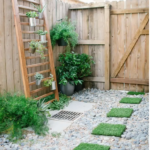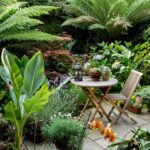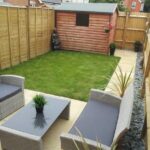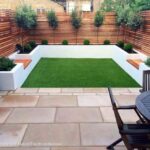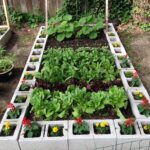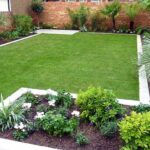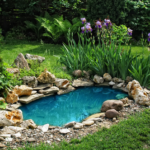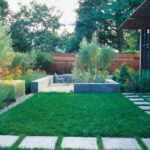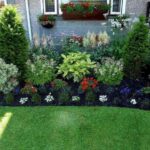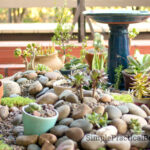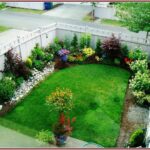Garden design can be a fun and rewarding project for any homeowner looking to spruce up their outdoor space. While some may think that designing a garden requires a lot of time and effort, it can actually be quite simple and straightforward with the right approach.
One of the first steps in garden design is to assess the space you have available. Take note of the size and shape of your garden, as well as any existing features such as trees, paths, or structures. This will help you determine what type of plants and layout will work best for your space.
Next, consider what type of garden you want to create. Are you looking for a low-maintenance garden with mostly shrubs and perennials, or do you want a more formal garden with structured pathways and flower beds? Once you have a vision in mind, start sketching out a rough plan for your garden layout.
When selecting plants for your garden, it’s important to consider factors such as sunlight, soil type, and climate. Choose a variety of plants that will thrive in your specific conditions, and aim for a mix of colors, textures, and heights to create visual interest.
Incorporating hardscaping elements such as paths, patios, and seating areas can help tie your garden design together and create a functional outdoor space. Use materials that complement the style of your home and garden, and consider incorporating features such as water fountains or bird baths for added interest.
Finally, don’t be afraid to experiment and make changes as you go along. Gardening is a creative process, and your garden design should reflect your personal style and preferences. With a bit of planning and creativity, you can create a beautiful and inviting outdoor space that you can enjoy for years to come.

